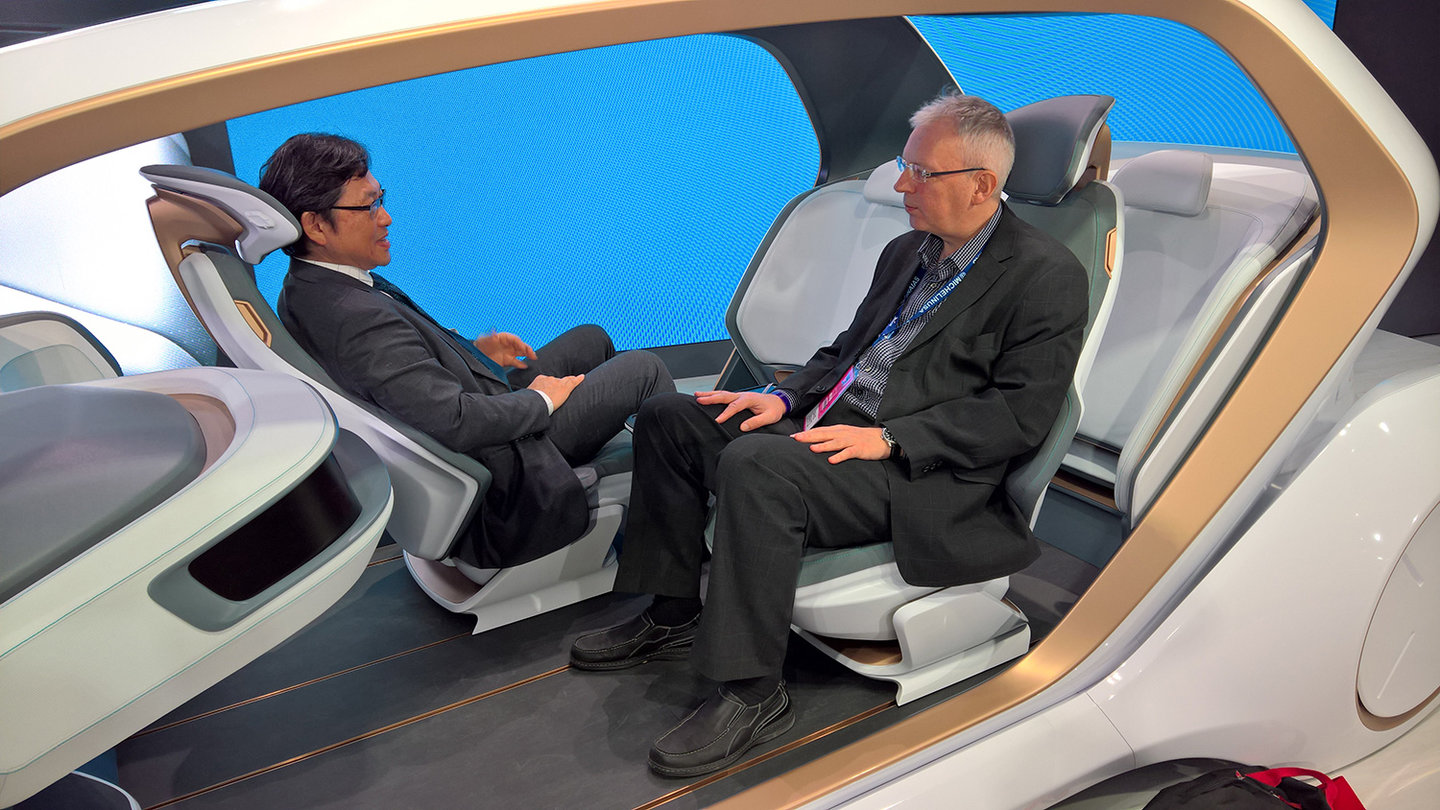New safety systems for rapidly developing automotive needs
FROM THE EDITOR: Safety matters
Welcome to issue number 5 of the just-auto magazine.
It’s a grim thought but, around 1.35 million people in the world die each year as a result of road traffic crashes and someone dies on the roads every 24 seconds. Between 20 and 50 million more people suffer non-fatal injuries, with many incurring a disability as a result of their injury. According to the World Health Organisation (WHO) more than half of all road traffic deaths are among vulnerable road users: pedestrians, cyclists, and motorcyclists. And poor countries fare the worst: 93% of the world's fatalities on the roads occur in low- and middle-income countries, even though these countries have just 60% of the world's vehicles.
There is, of course, much that can be done by governments to address road safety and mitigate risks to all road users. Besides traffic laws (and their enforcement), there is also the provision of effective street furniture and the promotion of wider education policies, which should start with children. Developing a motoring culture that places safety near the top of priorities doesn't happen overnight, but there is a gathering momentum behind initiatives across the world to make automobiles and their use safer.
In terms of automotive product, the industry itself has a good track record (perhaps after a slow start that was shocked into action in the 1960s by campaigners such as Ralph Nader) in developing safety systems and innovations informed by the prevailing technologies of the time.
We may have started with seat-belts and designing vehicles for greater crash safety back in the last century, but here in 2020, sophisticated safety systems and their constant refinement is seen as a given to meet both regulatory requirements and rising market expectations. Companies are pursuing the venerable goal of reducing the frequency and severity of accidents by developing active and passive driving assistance systems. Driver assistance systems aim to make the vehicle capable of perceiving its surroundings, interpret them, identify critical situations, and assist the driver in performing driving manoeuvres.
The objective is, at best, to prevent accidents completely and, at worst, to minimise the consequences of an accident for those concerned. The technological solutions being fitted to cars are undoubtedly impressive, levered off rapid advances in core technologies in areas such as imaging, radar and LiDar (laser light) and smart systems that interpret the data. The digital and electronic packaging of the extensive hardware and software is also a challenge that the industry is rising to meet.
Driver assistance systems use a combination of warnings and some degree of active intervention to help steer the driver away from trouble. Although the accent is on giving assistance to the driver rather than take control away, motorists are still wary about cars that supposedly drive themselves. While active intervention clearly holds many possibilities, it is also fraught with difficulty.
The most common suite of driver assistance technologies available today includes adaptive cruise control, lane departure warning systems, and parking assistance systems.
Radar-based safety technologies such as advance collision warning and blind-spot detection are becoming commonplace. As the industry at large contemplates the move towards highly advanced autonomous and driverless transportation, the direction of travel seems clear - towards a safer future where accidents caused by human driver error are steadily reduced. And the rapidly developing advanced technologies and applications that can help to make this happen are the main focus of this edition of the just-auto magazine. Radar on a car, lasers too. Night vision cameras so you don't knock over the wayward pedestrian with the dark coat on a dark night. Impressive stuff.
It should be remembered though, that the unpredictable human element is still very much with us. Drivers still need to buckle up their seat-belts, avoid alcohol, leave their cell phones alone and comply with speed limits. At least, that all applies while we do have human drivers on public roads. While there is some excitement over the utopian vision of a fully automated driving future, complete with mobile lounges and offices, that is still a long way off from being everyday reality. For the foreseeable future, humans will still be in the driving seat, assisted by some very clever safety tech.
Dave Leggett,
Editor

Swivel and talk: Adient rethinks the cabin seat layout
Top five talking points in automotive safety:
1 The industry's active safety debate has mutated rapidly from what shall be done about distracted drivers, to let's move to fully autonomous vehicles
2 NHTSA’s five categories of autonomy (Level 4 is fully autonomous, Level 0 the driver is fully responsible) provide a framework for assessing ADAS developments
3 While fully autonomous vehicles are technically feasible several hurdles remain, not least where liability lies in the event of a mishap and the cost of implementation
4 Level 4 ADAS adoption would be a huge disruptor and challenging conventional wisdom around areas such as passive safety, vehicle material requirements, interior design etc.
5 Software development is becoming a key battleground for the sector. Today’s vehicles have up to 170 sensors, 90 ECUs and more than 150 actuators



